- describes an alternative bounding structure that is based around axis aligned triangles
- starts with 2D example and extends the concepts to 3D
- comparison against other bound object representations
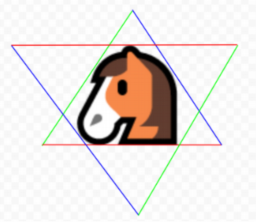
- overview video of papers that will be presented at SIGGRAPH 2019

- describes the cross-platform shader pipeline
- mix of json description files for state / constants / vertex layout / …
- code generator used to generate the final shader for compilation
- cross-compilation pipeline for platforms that don’t support HLSL

- Vulkan 1.1 will be a requirement on 64-bit devices starting with Android Q
- Thermal API will be added to allow games to react to thermal status changes

- tour of TensorFlow Graphics
- allows to define 3D scenes and run training on them
- system to allow bi-directional machine learning techniques
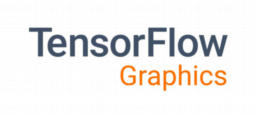
- presents the history of 2D printing and font formats
- shows problems with implicit curve evaluations
- discussion of implicit surfaces in regards to 2D rendering
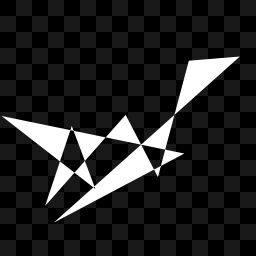
- interview describing the reflections that have been implemented in the Neon Noir Demo
- merging voxel and ray tracing data
- only tracing rays for mirror-like surfaces and the beginning of rays, otherwise tracing voxels instead
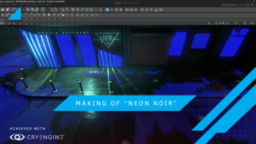
- a method based on stochastic light culling
- hierarchical Russian Roulette using an approximate scattering lobe
- does not support perfectly specular surfaces

- brief Unity example that shows how to render a basic fur look
- combination of vertex offsets and alpha blending

- overview about how to design a game to run all logic in Vulkan shaders
- compute shaders to run the game logic and updating the game state
- draw management is done using a compute shader and draw indirect is used for the final draw submission

- Dynamic Diffuse Global Illumination
- overview of the evolution of several indirect illumination techniques
- how the method tries to solve the problem of Irradiance Probes
- summary of the implementation and evaluation in different scene contexts

- reverse-engineering the cloud rendering of The Witcher
- uses a texture based approach, including normal mapping the clouds
- uses a sky gradient to lighten the clouds close to the sun
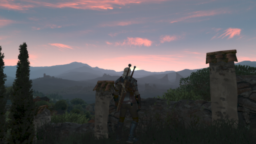
Thanks to Aras Pranckevicius for support of this series.
Would you like to see your name here too? Become a Patreon of this series.
